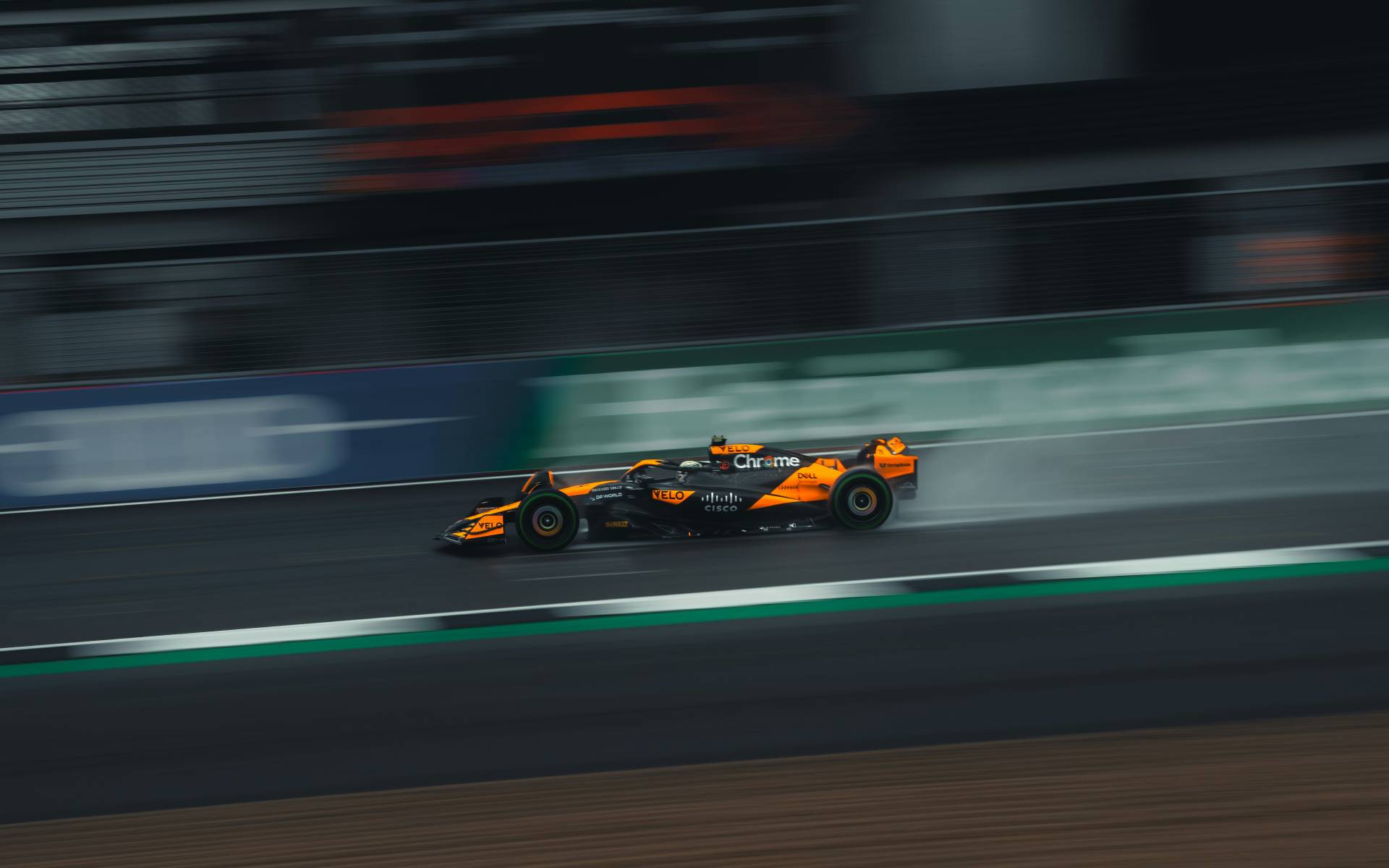
5 Refreshing Swimming Spots in and Around Johannesburg
Johannesburg may be landlocked, but that doesn’t mean you can’t enjoy a day of clear...
 20 November 2025
20 November 2025 

The proposed enhancements, focusing on run-off zones, barrier systems, kerbs, fencing, and drainage, will leave the track’s iconic layout intact | Photo: Kyalami Grand Prix Circuit
Kyalami Grand Prix Circuit, deep in the heart of Gauteng between Johannesburg and Pretoria, has taken a monumental stride forward: the FIA has officially approved plans to upgrade the historic 4.522 km layout to Grade 1 status – the gold standard required to host Formula 1 races. The proposed enhancements, focusing on run-off zones, barrier systems, kerbs, fencing, and drainage, will leave the track’s iconic layout intact yet ready for the modern era.
Circuit owner Toby Venter, along with Clive Bowen from Apex Circuit Design (renowned for shaping the Miami F1 street circuit), confirmed this approval after five years of rigorous planning. Venter emphasised the momentous nature of the milestone, describing it as “a defining moment for South African motorsport” and a crucial step towards “the return of Formula 1 to African soil”.
This light-touch but high-impact upgrade grants the circuit three years to complete the work and host an FIA inspection. Upon successful completion, Kyalami will earn the distinction of becoming Africa’s only FIA Grade 1 circuit. While this doesn’t guarantee an F1 race, it certainly positions Kyalami at the front of the queue. Read on to learn more about the potential return of F1 to South Africa.

Upon successful completion, Kyalami will earn the distinction of becoming Africa’s only FIA Grade 1 circuit | Photo: Sara Ruffoni via Unsplash
South Africa has reignited its bid to bring F1 back with a formal tender process, targeting 2027 as the earliest feasible return date. Competition is stiff: Cape Town is pitching a glamorous street race circling the Waterfront and Table Mountain. Further afield, African contenders include Rwanda and Morocco, each lobbying for Africa’s next Grand Prix.
Despite optimism, there are major caveats. The cost of upgrading Kyalami to Grade 1 is estimated at around US $10-35 million (roughly R185-647 million), plus annual hosting fees running perhaps US $35 million or more (about R647 million per year). F1 CEO Stefano Domenicali stresses that Africa’s return hinges not just on track standards but on developing lasting infrastructure, government commitment, hospitality, and long-term sustainability.
Nevertheless, backing comes from high places: South Africa’s Sports Minister Gayton McKenzie and ex-world champion Lewis Hamilton are vocal supporters. Hamilton previously urged F1 “not to ignore Africa” and pledged backing for a South African Grand Prix. McKenzie predicts an F1 return as early as 2027 and remains committed to delivering a winning bid – whether in Cape Town or Johannesburg.

Hamilton previously urged F1 “not to ignore Africa” | Photo: Unsplash
The first South African Grand Prix was held in East London in 1962, moving to Kyalami in 1967 where it became a fixture on the F1 calendar. Kyalami, originally built in 1961, offered challenging elevation changes, sweeping curves, and rapid straights, quickly making it a favourite among drivers.
Over the period 1967-1985, Kyalami hosted 21 Grand Prix events. The circuit drew the world’s best, including Jim Clark, Niki Lauda, and Jody Scheckter – the latter South Africa’s only F1 world champion, winning at home in 1975. The race was halted after 1985 due to apartheid, returning briefly in 1992 and 1993 before once again falling off the calendar.
Kyalami also hosted iconic events like the 9-Hour endurance race and MotoGP rounds from 1983 to 1985, cementing its legacy as South Africa’s motorsport flagship.

The first South African Grand Prix was held in East London in 1962 | Photo: Jonathan Borba

South Africa is racing back into contention, positioning itself as a major new destination for sports tourism | Photo: James Watson via Unsplash
With FIA approval of Grade 1 upgrades, a formal bidding process underway and influential figures rallying behind the cause, South Africa appears well down the road towards rekindling its Formula 1 legacy. But the road ahead is paved with hard deadlines, stiff competition, and serious financial investment.
Will Kyalami once again hear the roar of F1 engines? Or will Cape Town, Rwanda, or even new contenders speed ahead in the battle to return Africa to the pinnacle of motorsport?
One thing is certain: as the F1 world takes note, South Africa is racing back into contention, positioning itself as a major new destination for sports tourism.